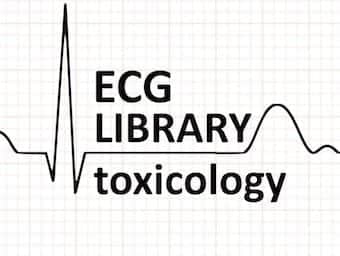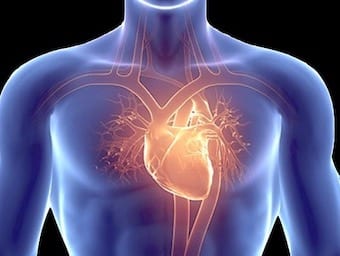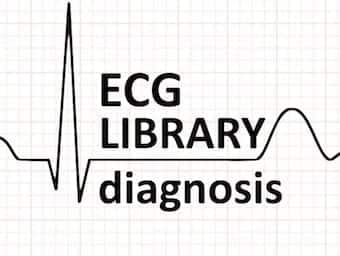
Who’s Afraid Of The Big Bad Wolff?
A 61 year old male walks up to the triage desk complaining of a funny feeling in his chest. He has had similar milder episodes in the past and has been investigated by his GP with no firm diagnosis being…

A 61 year old male walks up to the triage desk complaining of a funny feeling in his chest. He has had similar milder episodes in the past and has been investigated by his GP with no firm diagnosis being…

Frothing mad. Tropical Travel Clinical Case. Rabies aetiology, diagnosis, differential, management, treatment and prophylaxis

A classic toxicological ECG demonstrating the key electrophysiological changes seen with quetiapine overdose.

Reports of Therapeutic Hyopthermia's death are greatly exaggerated - are we confusing rigor mortis with a radical face lift?

Bennett fracture: Intra-articular fracture of the base of first metacarpal with carpometacarpal joint involvement. Edward Hallaran Bennett (1837-1907)

Edward Hallaran Bennett (1837-1907) Irish surgeon. Bennett fracture: Two-part intra-articular thumb fracture base of first metacarpal

Rolando fracture (1910) Comminuted T/Y-shaped intra-articular three-part fracture base of first metacarpal. Silvio Rolando (1873-1949)

David Denman argues that the TTM trial risks misinterpretation and could lead to a deterioration in post-cardiac arrest care. Follow his arguments carefully, share your experiences and decide for yourself.

Edmond 'Ted' Eger II (1930 – 2017) was an American anesthesiologist. Minimal alveolar concentration (MAC)

A review of the ECG features seen in TCA overdose, which occur due to a combination of sodium channel blockade and antimuscarinic effects

Sick Sinus Syndrome. Characterized by abnormal sinus node functioning with resultant bradycardia and cardiac insufficiency.

A review of the ECG features of right ventricular infarction with some useful tips on how to diagnose this important condition